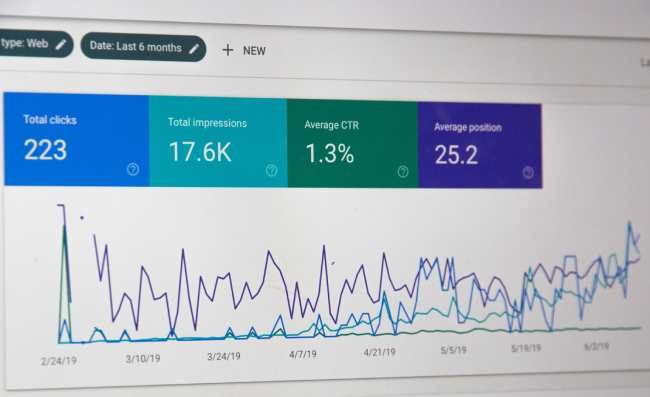Since Matt Cutts, Former Google’s Head of Webspam, back a few years ago, mentioned on his Twitter account the release of the new update of the Google Algorithm, Panda. Since then, most of SEO dedicated teams and Digital media consultants got into a panic.
How much Panda is affecting websites’ content when ranking in 2019?
Panda as many other Google algorithm just magnify the algorithm main objective; ‘punish low-quality content websites’. These algorithms keep changing many times per year. That’s why the secret to applying the most effective SEO consists in deciphering how this new algorithm update works.
One thing is for sure and doesn’t require a big effort to understand, quality in the content of your website is essential. Google’s algorithms are meant to penalise websites with low quality, duplicate or thin content.
Despite the fact that the last Panda update was witnessed back in 2016. At the time, Google announced the following statement, according to Jennifer Slegg who received the direct quotes:
“Panda is an algorithm that’s applied to sites overall and has become one of our core ranking signals. It measures the quality of a site, which you can read more about in our guidelines. Panda allows Google to take quality into account and adjust ranking accordingly.”
As Panda has become part of the ‘Google’s Core‘ search engine algorithm. In other words, Panda is a core part of the Google search engine and will never blow over. Therefore, it will be still very relevant in 2019 and is here to stay.
Based on the above said, in 2019 and 2020, enforcing quality content, promoting positive user experience, promote page engagement and building trust and confidence are utterly necessary to success.
How to generate Panda-Friendly content in 2019?
As mentioned before, Google is still pursuing and penalising but not eliminating low quality content websites’ rank. So, ‘the one-million-dollar question’ is how to make a quality content?
As Panda algorithm is more alive than ever, it has more to do with enhancing user experience than the technicalities that are involved in optimising a website for search engines.
Besides, it is important to bear in mind that the best way to make your website Panda-friendly and avoid any penalties is by using appropriate means to enhance user experience. Your business websites should add value to the users in a genuine and honest manner to succeed
Doing something against user experience might put your business website’s indexing and organic ranking on risk, and may leave you vulnerable for Panda penalties.

How important is engagement when creating content for SEO?
Well, it is actually not only important; this is indispensable in order to rank well in search engines. There is a measurable way to identify the level of engagement of your site; by quantifying the time the web users spend between selecting a result in the SERPs, visiting an exploring a page, and returning to the search results. So, as a matter of fact, if this time, also known as ‘Dwell time’ is very short, it simply means that the content of your site is not relevant, well-constructed or sourced. So, at some point, the accumulation of these actions –Short Dwell time– emerges as a counter-productive factor that makes Panda list your site into a not very favourable position.
In other words, ‘Dwell Time’ is a metric used to measure how long a user stays on a web page before returning to SERPs. It is one of the fundamental metrics that SEO consultants seem to overlook.
Plan the Purpose of your Website
A website and/or any webpage created must have a very clear objective and be orientated specifically for a particular target, geographical location and sector/industry.
So, it could be a good SEO practice to define the target market you are focused on and then synthesise your message to make it ‘Strong, Short and Sweet’. It is also highly recommendable to keep in mind the length of the content, healthy link-building, the use of italic / bold fonts, the appropriate utilisation of headings, bullet points, and optimised images.
Loading a webpage with keywords
Don’t forget to research, test and use powerful ‘keywords’ within your content; however, bear in mind the number of keywords used within the content of your site to avoid being penalised by Google. Also, try to keep a geographically-related point of view to increase the conversion rate of your website significantly.
In other words, the main objective is to make the content of your site sit in line with what the search engine users are actually searching for. By doing this, you will hit the major factor in ranking today, which is the ‘relevancy’ of your site.
Summarising, these are some of the things that should guide you in producing an optimised content for your website. These will not only help you rank higher, but also convert better:
- Research and define your target market,
- List the advantages of your product/service,
- Research the keywords that you are planning to use,
- Try to engage web-visitors for a longer period of time,
- Apply a location-angle to the content,
- Mind the length of and the number of keywords you will use,
- Think of content management as a strategy and not as a tactic.


